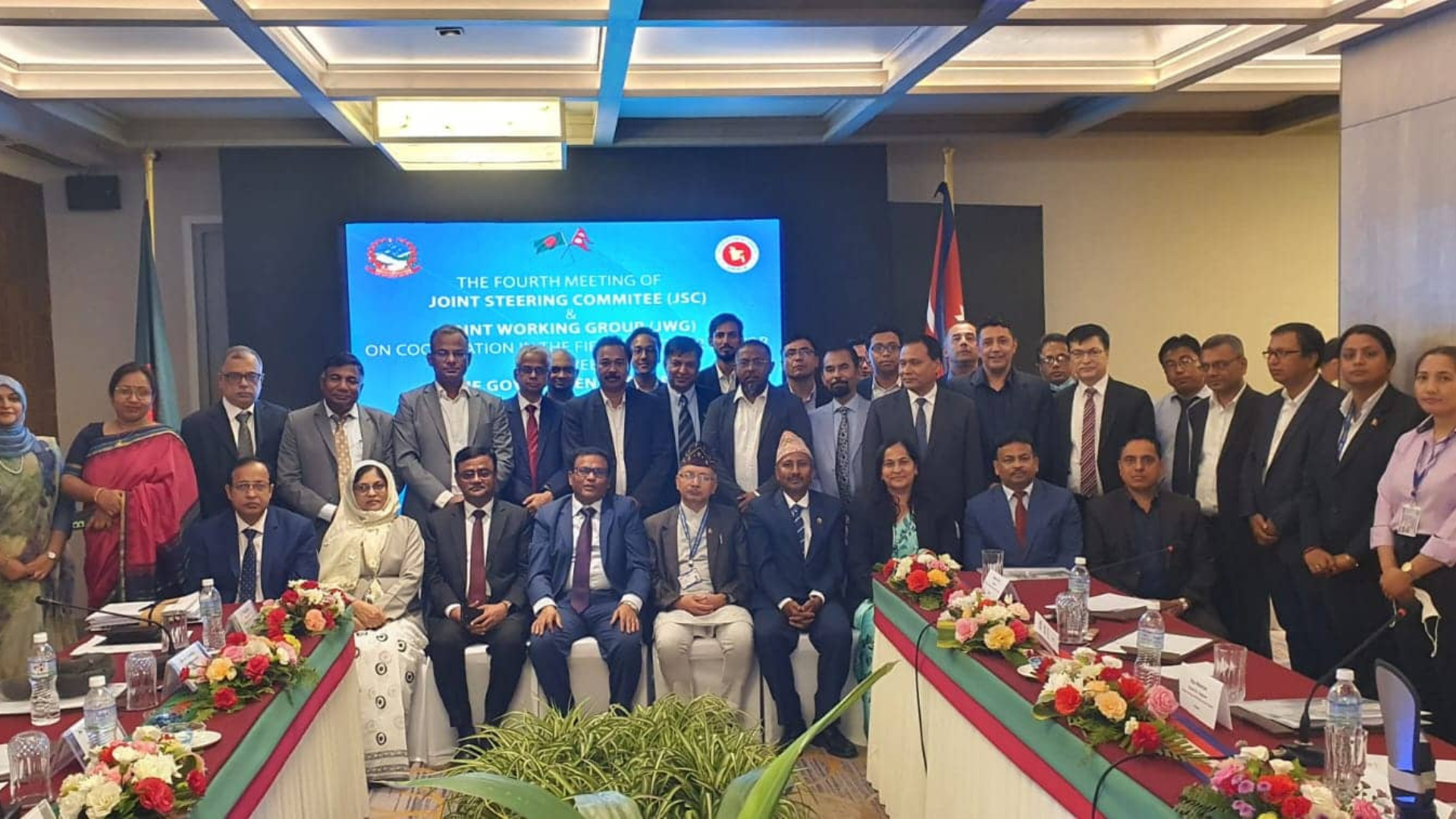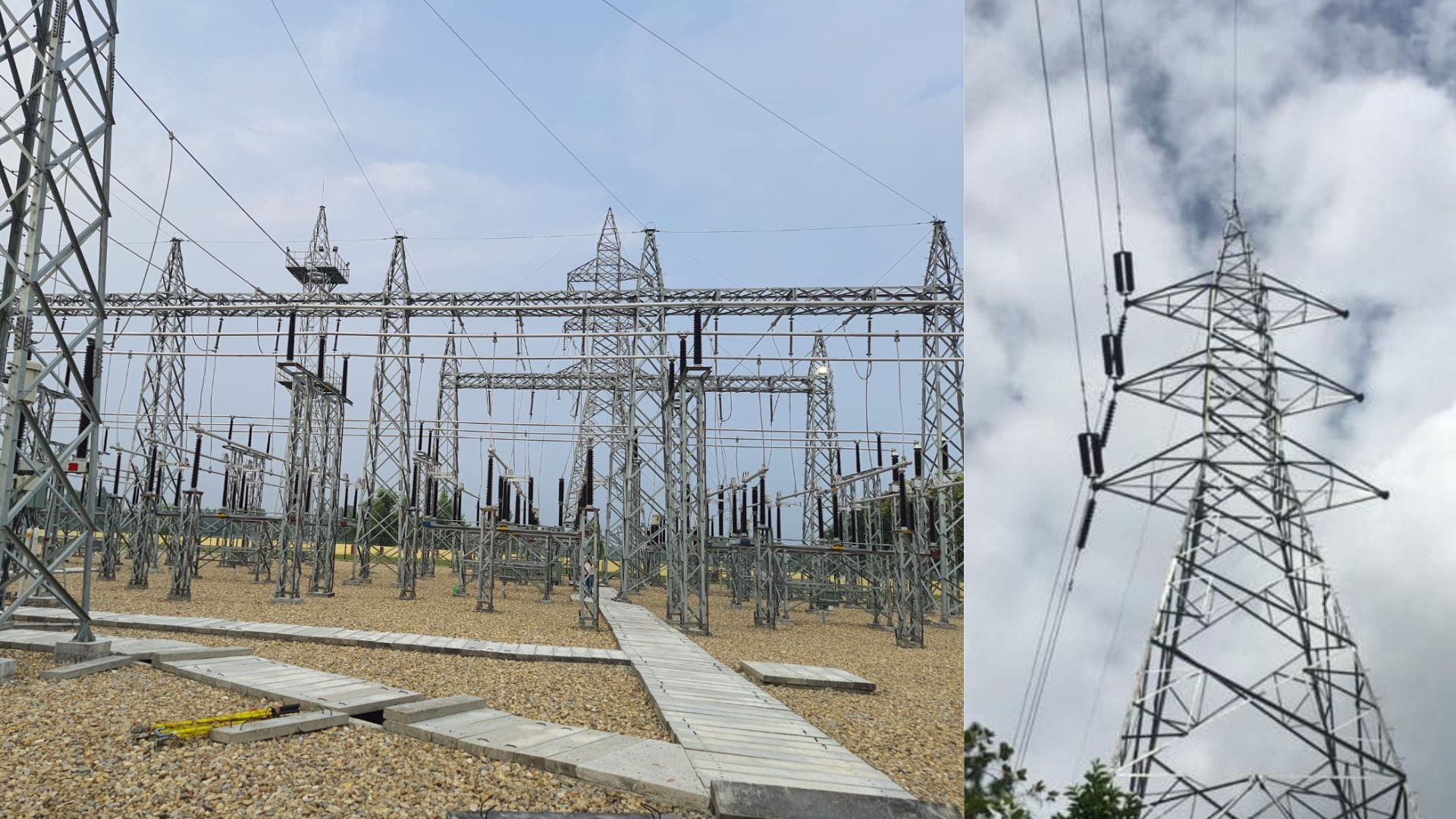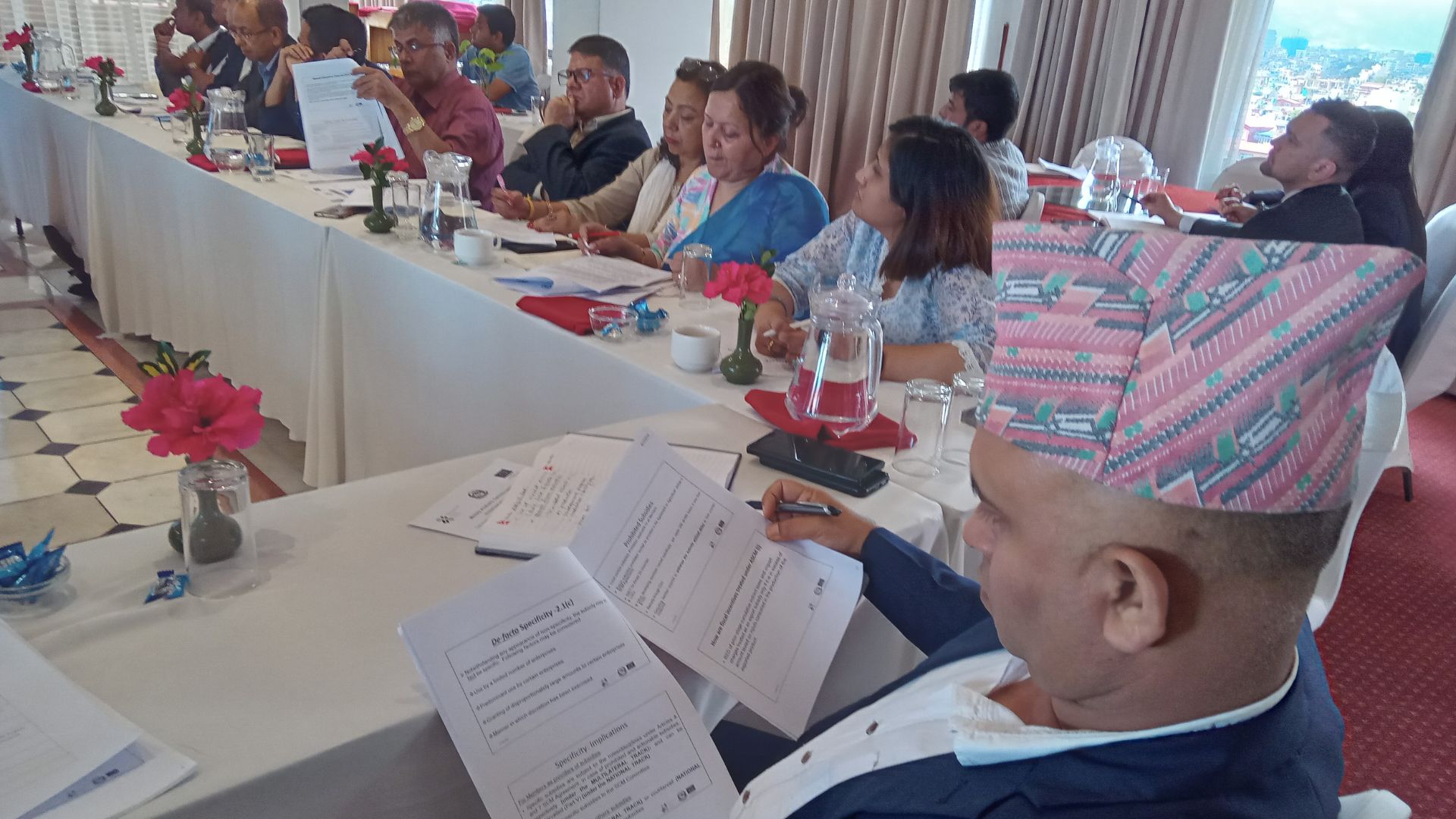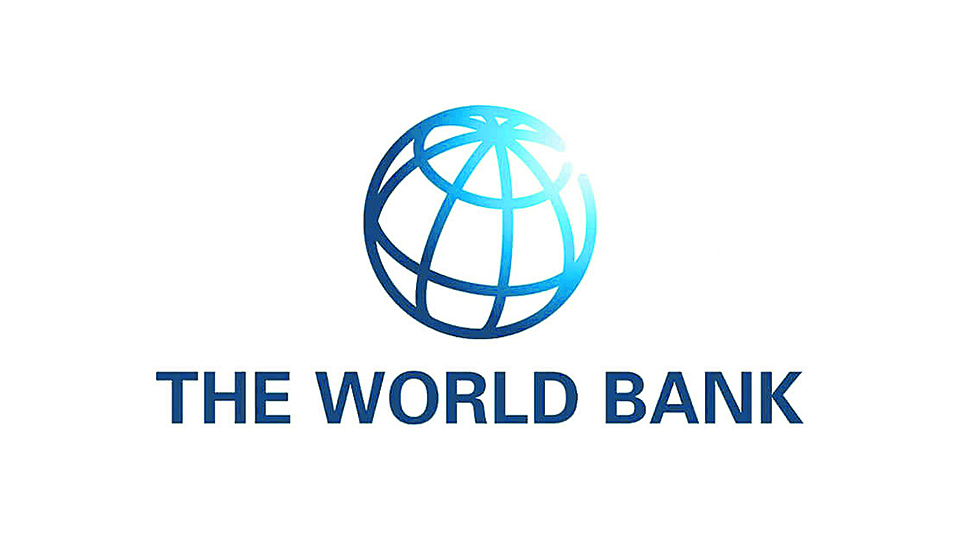

KATHMANDU: Nepal and Bangladesh have agreed to form a joint company to build the 683 MW SunKosi-3 Reservoir Hydropower Project. At the secretary-level Joint Steering Committee (JSC) formed for energy cooperation between Nepal and Bangladesh held on Thursday in Kathmandu, officials of both countries agreed to move forward with the project to be built in the Ramechhap district.
After the meeting, the joint secretary and spokesperson of the Ministry of Energy, Water Resources and Irrigation Madhu Bhetuwal said that there was an agreement between the Nepal Electricity Authority and the Bangladesh Power Development Board to establish a joint company to advance the Sunkosi-3 project. Two weeks ago, the Ministry of Energy formally submitted a proposal with a feasibility study report for the construction of Sunkosi-3.
Bhetuwal also stated that the Bangladesh side is ready to establish a joint company within 4 months after reviewing the feasibility study and environmental study reports of the project. “It has been agreed that within two months of the approval of the environmental study report, the feasibility study report of the project will be reviewed,” he said. Last year, Nepal proposed to the Bangladesh government the construction of the Sunkosi-3 project. Recently, the Bangladesh team led by its power secretary Habibur Rahaman also visited the project site.
How is the Sunkosi-3 project?
Sunkosi-3 project was first identified by Japan Cooperation Agency (JICA) in 1985. Located 95 km away from the capital Kathmandu, this project will cover Kavre, Ramechhap, Sindhupalchok, Dolakha, and Sindhuli districts. According to Kulman Ghising, Executive Director of Nepal Electricity Authority, this will be a game-changer event for these districts.
He said that this project will not only generate electricity but also contribute to the development of irrigation, drinking water, and tourism in this region. According to project chief Subas Thapalia, a detailed study is being conducted since the study has shown that 2356.27-gigawatt hours of electricity will be generated from the project. The total cost of the project is estimated at Rs 150 billion.
The local governments in the affected area get Rs 500 million in annual royalty. The project will spend more than one billion worth of amount for development in the local area alone. A total of 3301 hectares of land including 655.9 hectares of forest area will be required for the project which will inundate 3237 hectares of land.
According to the study, 11,773 people of about 1,565 households will be displaced from the project site.









